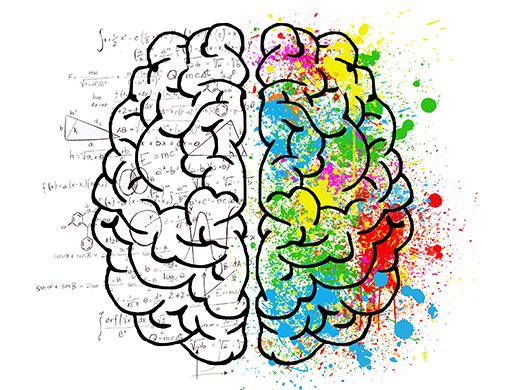Ingenuity is a interesting and evasive element of individual cognition. It enables us to produce novel ideas, address intricate issues, and express ourselves with several forms of art. But have Source wondered how creative ideas are formed in our brains and at some point converted right into written phrases? In this article, we will certainly dig in to the pathways of imaginative thought, exploring the complex experience from mind to marker.
The innovative method starts in the brain, where many locations operate together to produce brand-new concepts. One key gamer in this procedure is the prefrontal cerebral cortex - a location responsible for corporate feature such as attention, working moment, and decision-making. It participates in a essential part in assisting in variant thinking, which includes generating several answers or ideas.

When experienced with a creative activity, such as writing an post or making up a part of songs, the prefrontal cerebral cortex switches on different nerve organs paths to cultivate innovation. These pathways entail hookups between different brain regions like the hippocampus - involved in memory buildup - and the temporal wattle - accountable for foreign language handling.
As thought and feelings take design inside our minds, they need to be translated into positive form. This is where the hookup between mind and hand comes right into play. The electric motor cerebral cortex, located at the back of the frontal lobe, regulate optional movements of our muscles consisting of those required for writing.
When we choose to put our artistic notions onto paper or key in them on a keyboard, signals coming from the prefrontal cortex travel along nerve organs process in the direction of the electric motor cortex. These signs at that point induce details muscular tissues in our hands and fingers important for writing or typing.
Interestingly good enough, research studies have shown that there is actually a sturdy link between physical motion and cognitive processes like imagination. Engaging in activities such as doodling or stroll can really boost artistic thinking through boosting different areas of the human brain.
Once these signs arrive at their place in the motor pallium, they are completely transformed in to action. Our palms begin to relocate, and the pen coasts all over the newspaper or our fingers dance on the key-board. This is where the abstract ideas in our thoughts start to take cement form.
However, the quest coming from brain to marker is not consistently a soft one. Artistic blocks and moments of aggravation may impede the flow of tips onto newspaper. This can be connected to different variables such as exterior disturbances, self-doubt, or a lack of motivation. Understanding these challenges and finding methods to conquered them is critical for preserving a effective artistic procedure.
One helpful means to overcome innovative blocks is through brainstorming - a strategy that promotes free-flowing thought production without judgment. Through allowing ideas move without limitations, we make it possible for ourselves to check out brand-new options and damage free from self-imposed limits.
Another practical strategy is making a conducive environment for innovation. This might involve finding a peaceful room where you feel comfy and inspired, bordering yourself with stimulating objects or visuals, or even combining certain fragrances recognized to boost concentration and creativity.
Furthermore, embracing failure as an integral part of the innovative process may be exceptionally beneficial. Many groundbreaking suggestion
